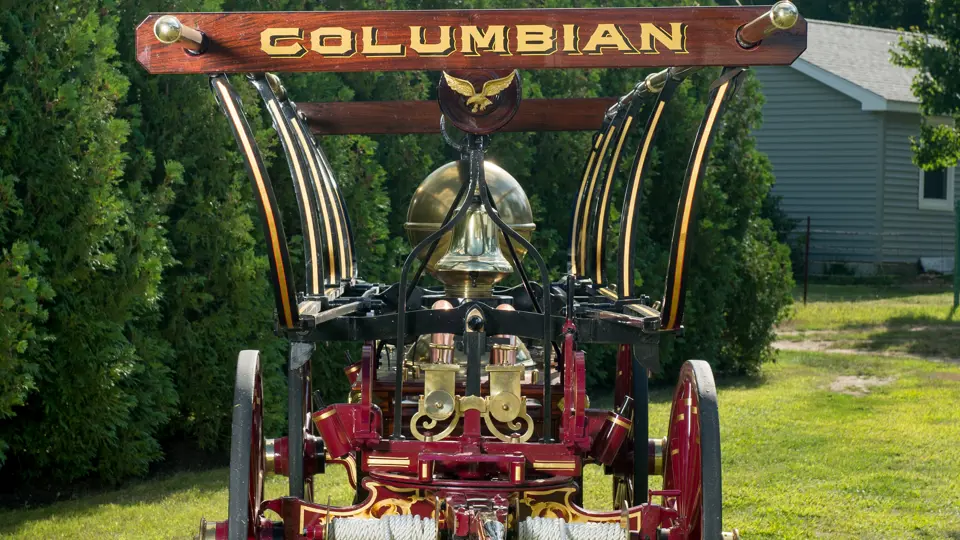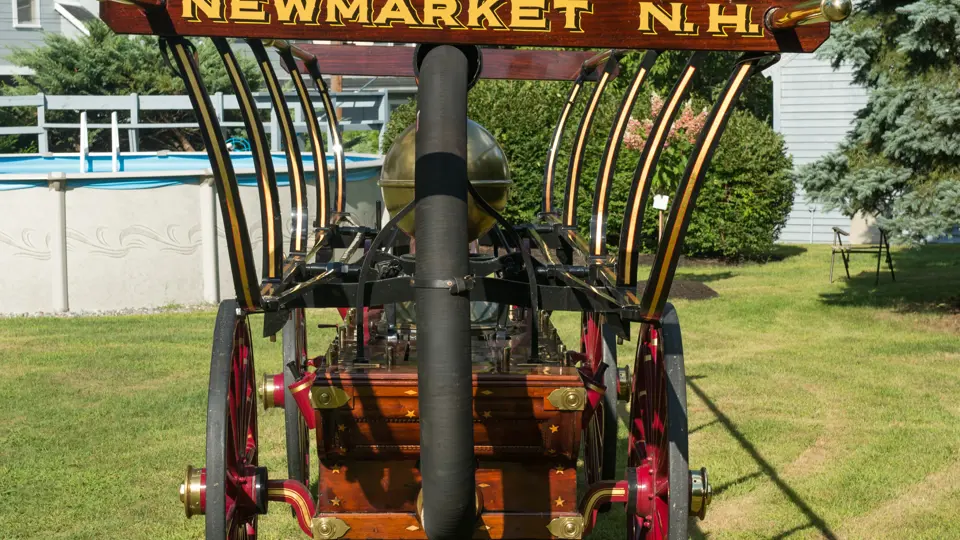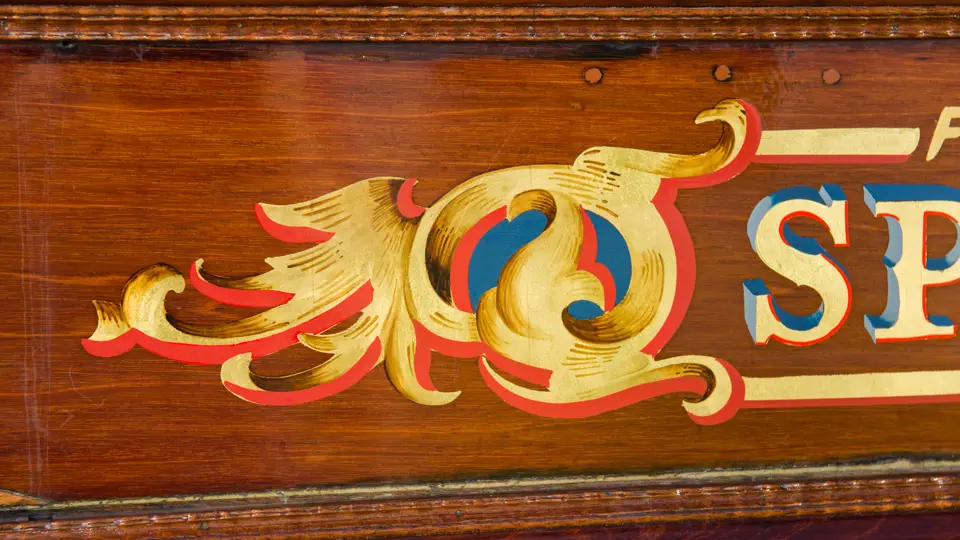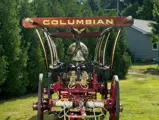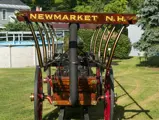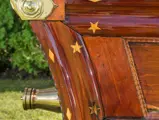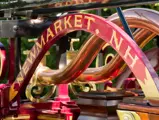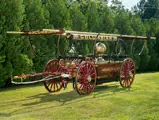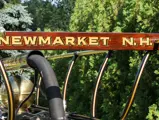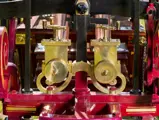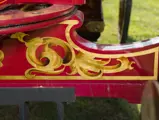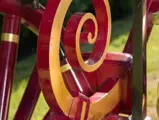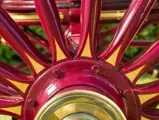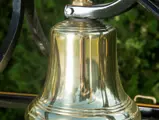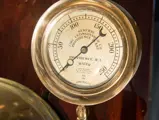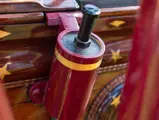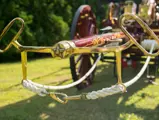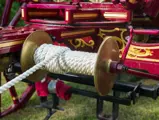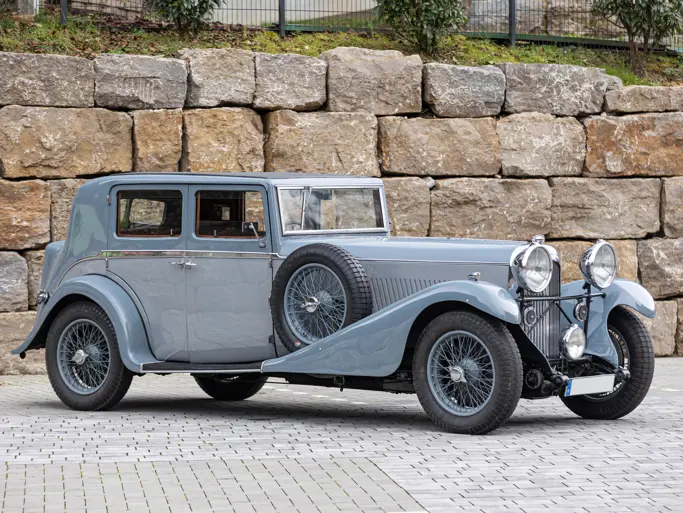• Professionally restored crane neck Button handtub
• Long competition career
Lysander Button, a machinist from Albany, went to work for fire engine manufacturer John Rogers in Waterford, New York, in the early-1830s. By 1841, he owned the company and renamed it after himself. An inventor and innovator, he made many improvements to the hand-pump engines then in use, including the “piano engine,” which delivered water from the front of the engine, and the “runaround,” which returned water to the suction to relieve pressure on the hose.
This Button pumper was delivered new to the Columbian Engine Company, of Spring Valley, New York, and became its second piece of apparatus when delivered in 1868. The Columbians, who recently celebrated their 150th anniversary, sold it around 1890 to a competition muster association in Winchendon, Massachusetts. Renamed the “Columbia” at that time, it competed in events of the New England States Veteran Firemen’s League into the 1920s, winning more than $9,000 in prize money. Sold to the Boston Fire Department in 1945, it continued to compete until put on exhibit in the Boston Sparks Fire Museum. It was acquired by the Granite Handtub Association, Inc., in 2004 and has since been restored to factory-original condition.
Weighing about 6,000 pounds and with brass brake arms 22 feet in length, it takes 50 to 60 people to pump at full capacity, although as few as 10 can deliver water at a lower pace. The water box is the original Cuban mahogany, and the double air chamber can develop more than 150 pounds of pressure with the original 10-inch cylinders. Built with three discharges, two were disconnected when it went into muster competition. The handtub is beautifully decorated with gold leaf, much of it copied from original artwork discovered during the restoration. It comes complete with a bell, suction hose, and hand-pull, as well as vehicle-pull tongues and chocks. It is ready to be displayed or to fulfill its original purpose of pumping water.
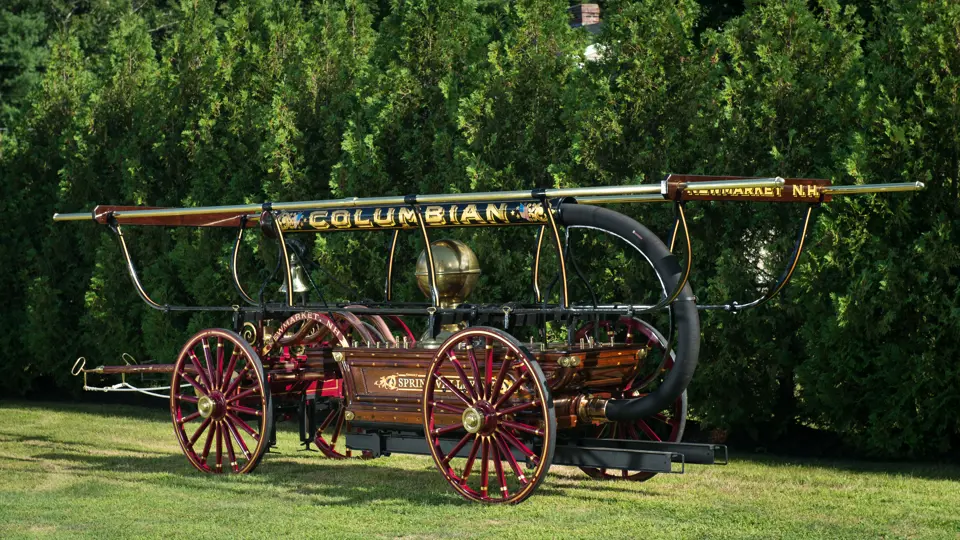
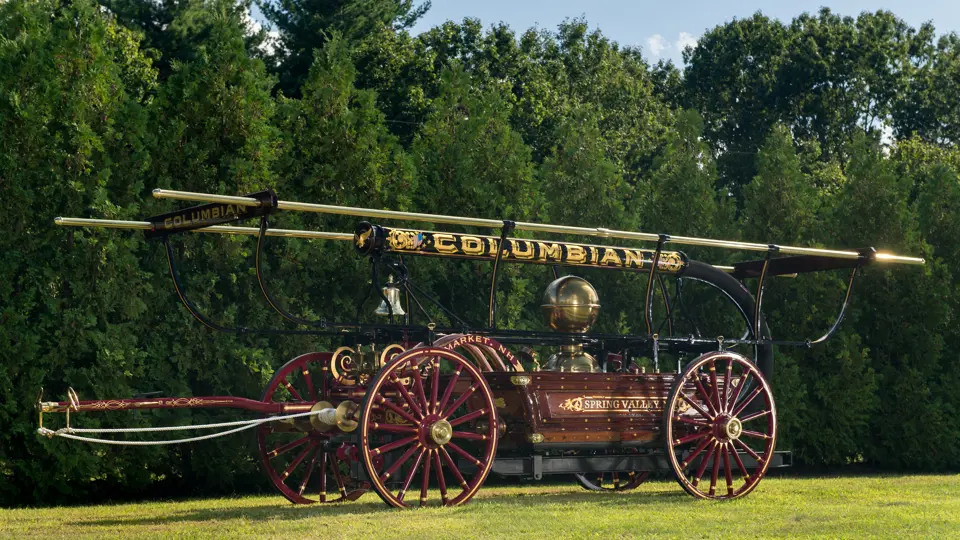


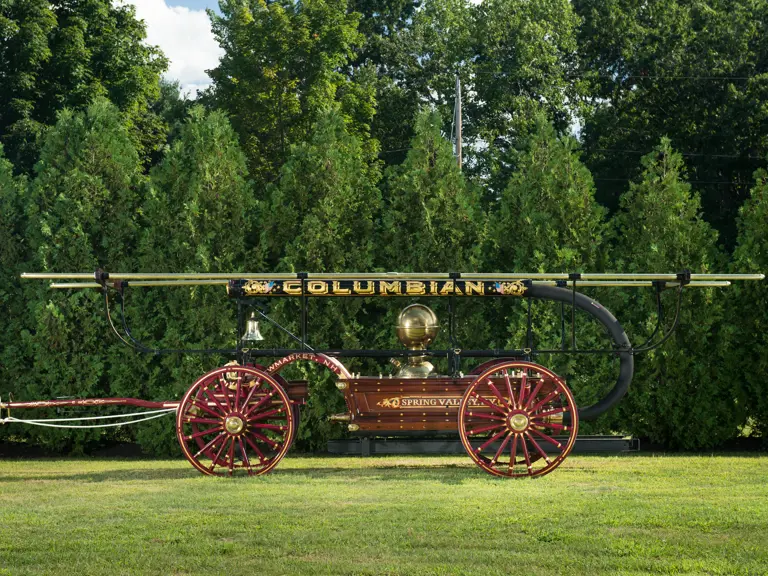
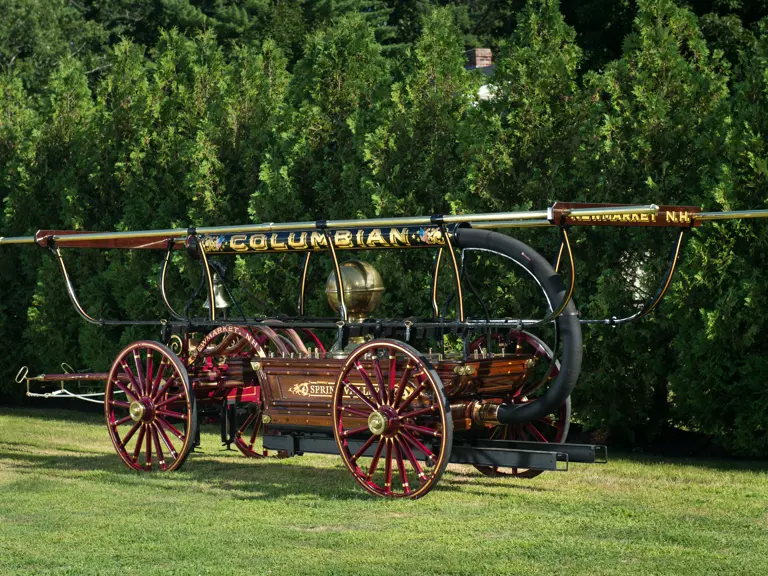

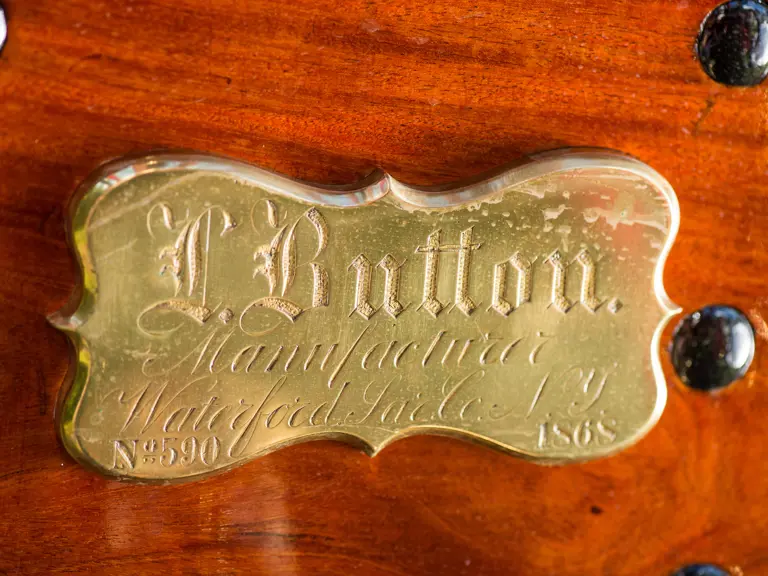
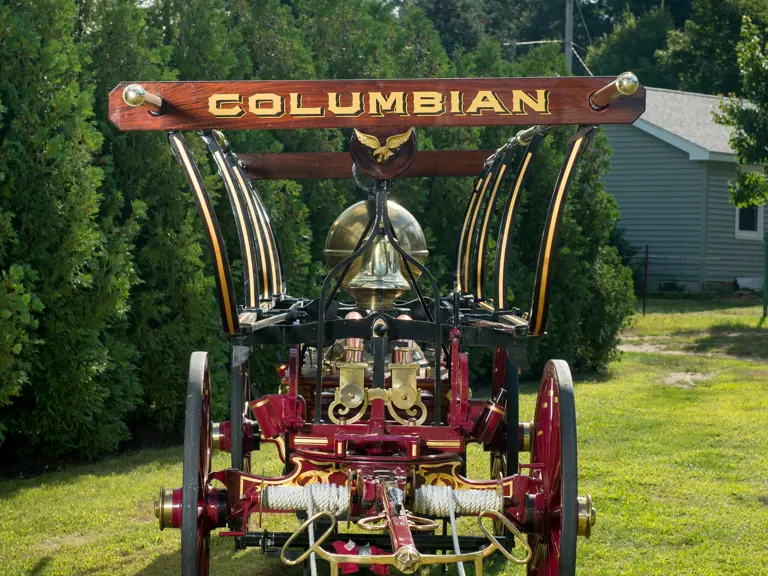

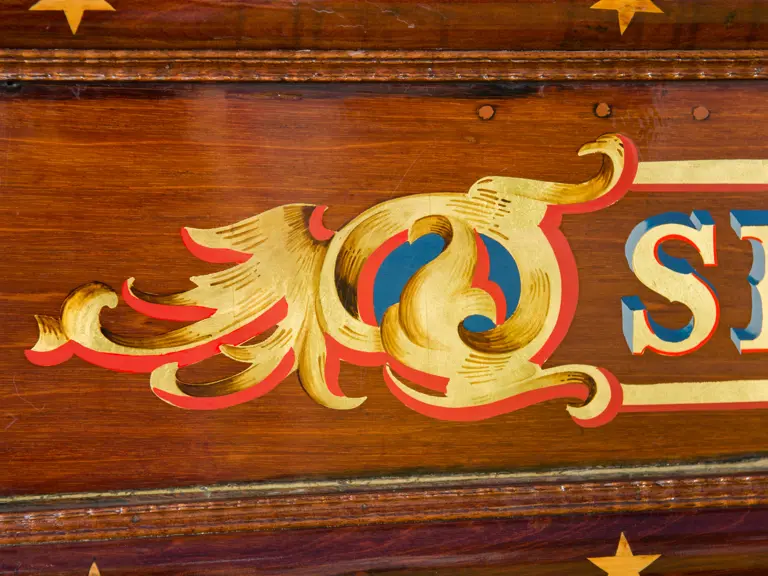

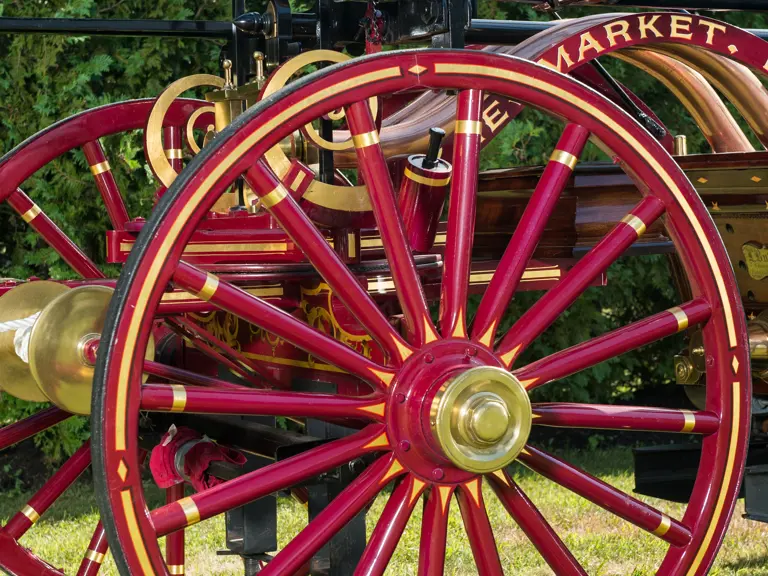
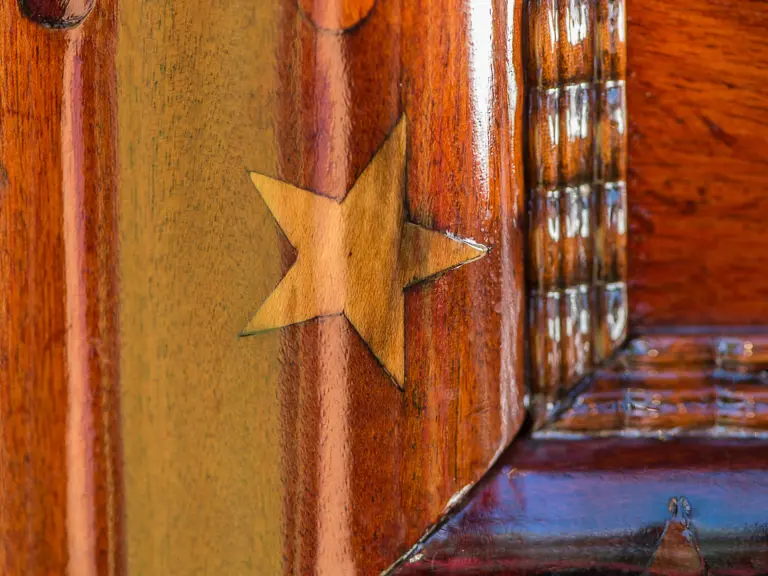
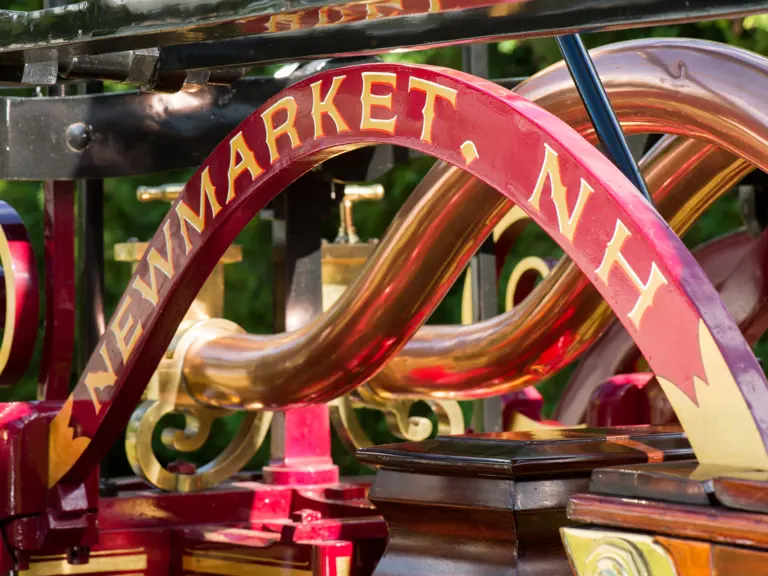


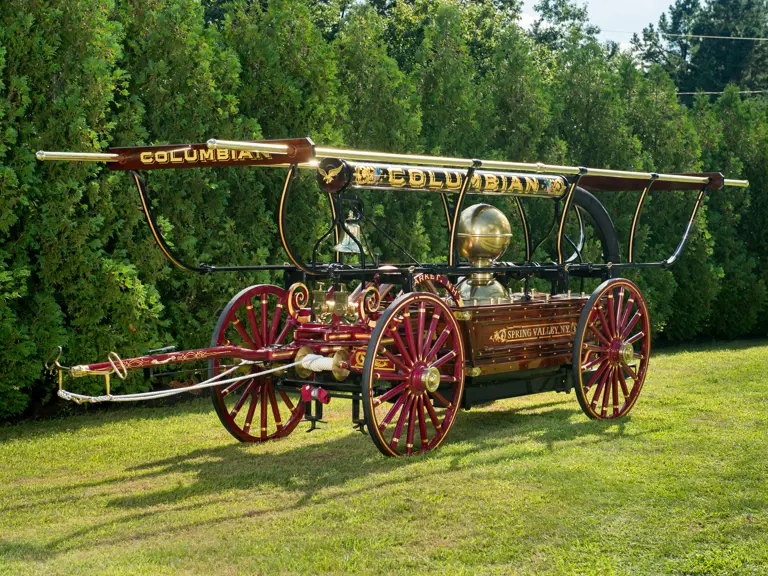
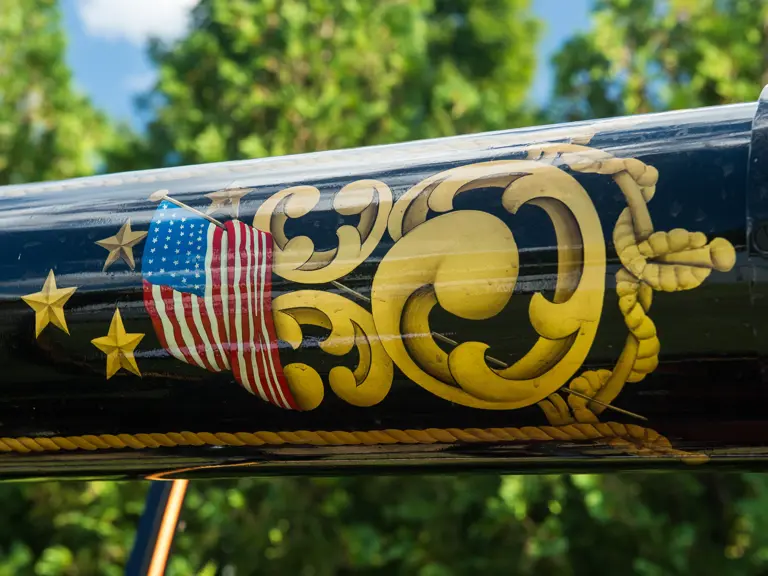
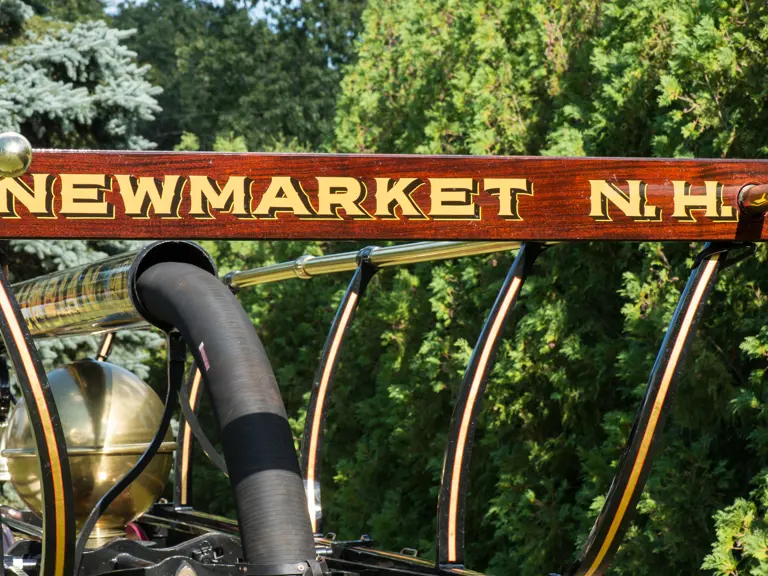

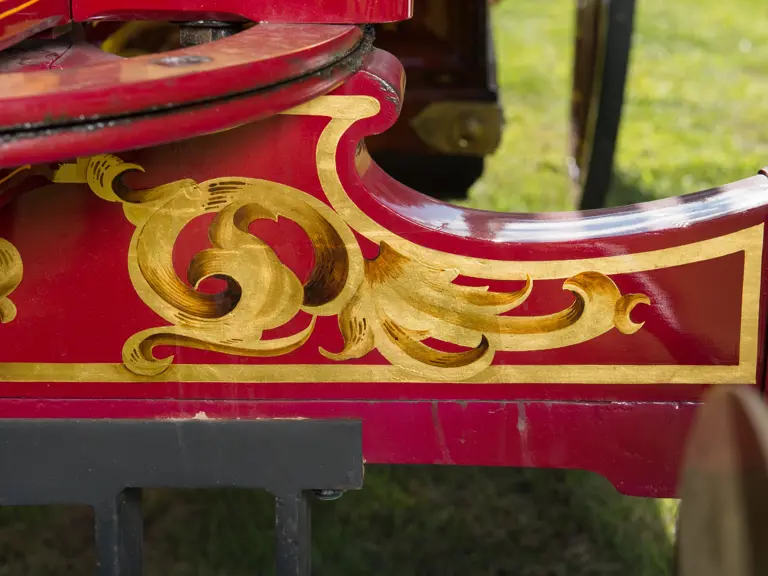
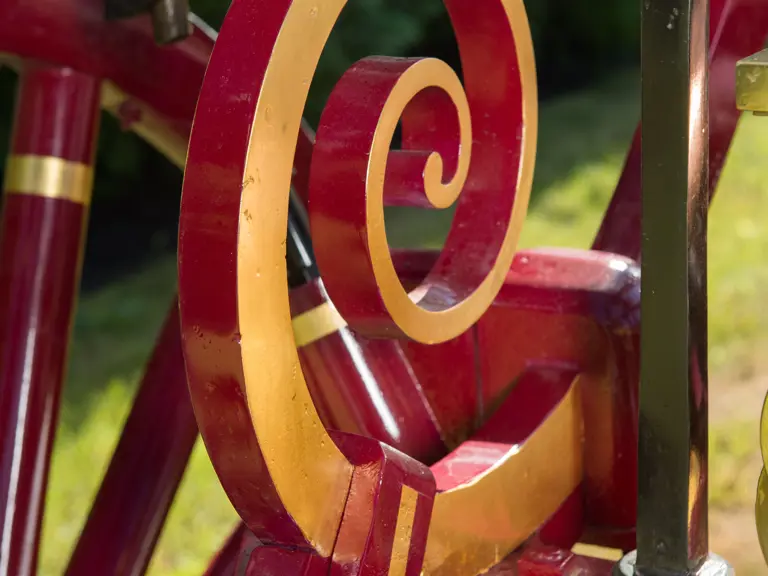
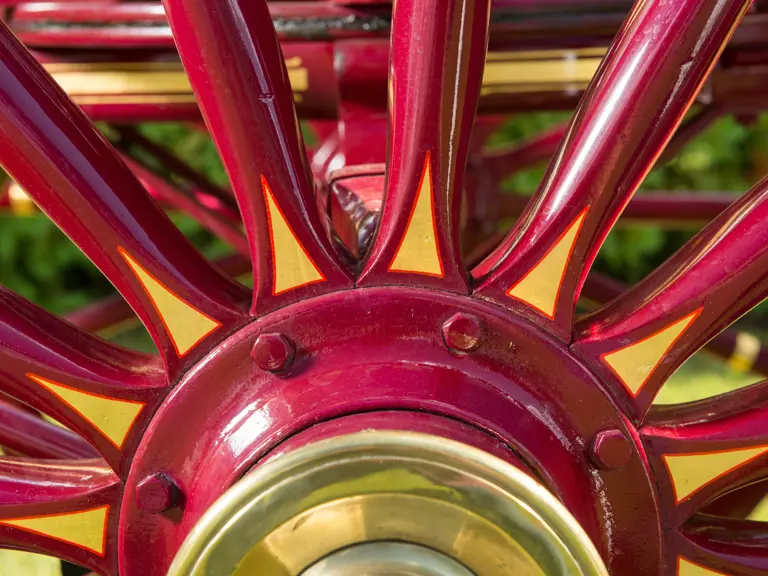
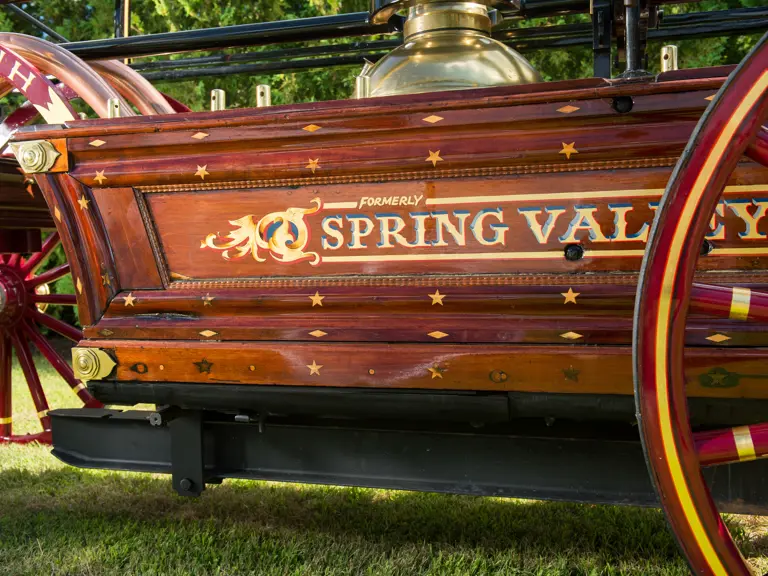

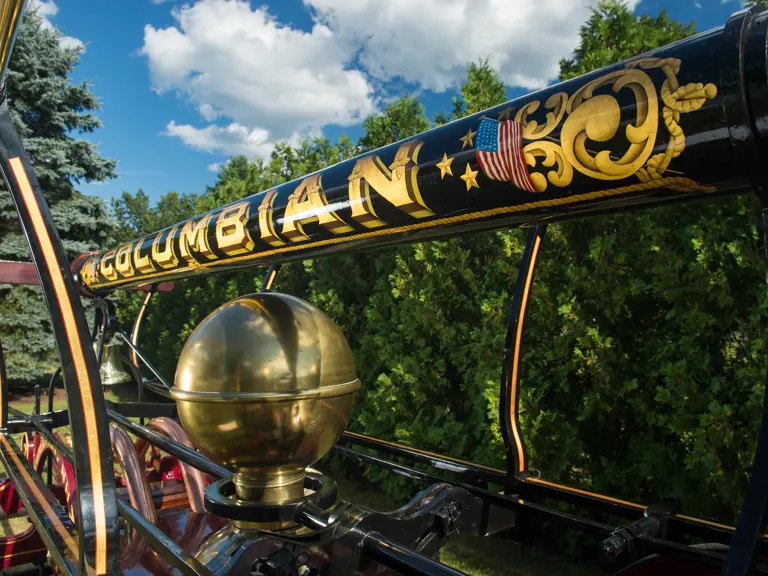
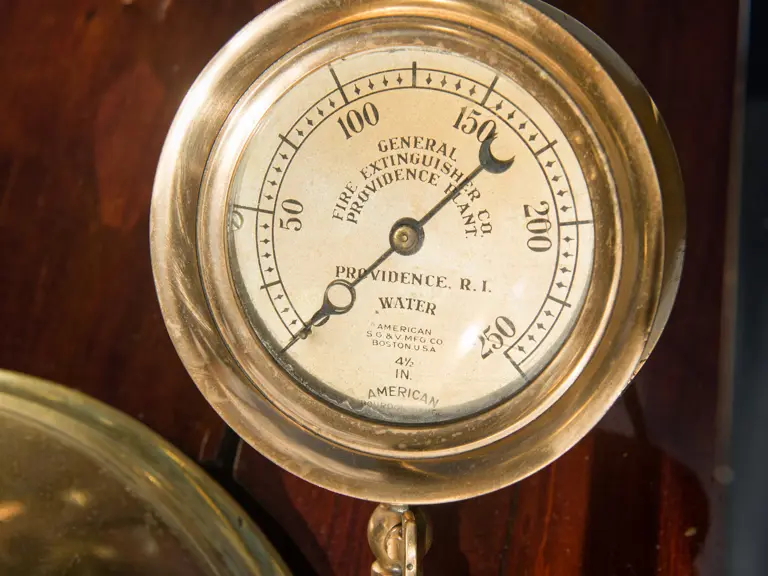
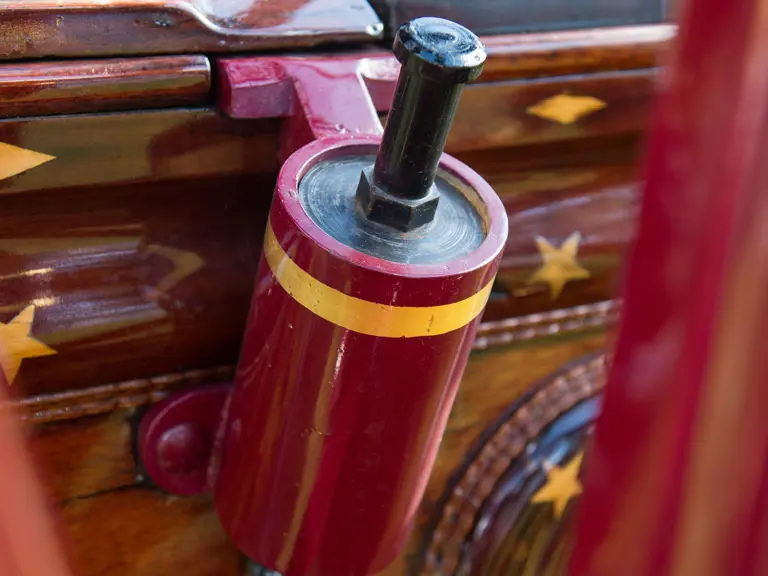

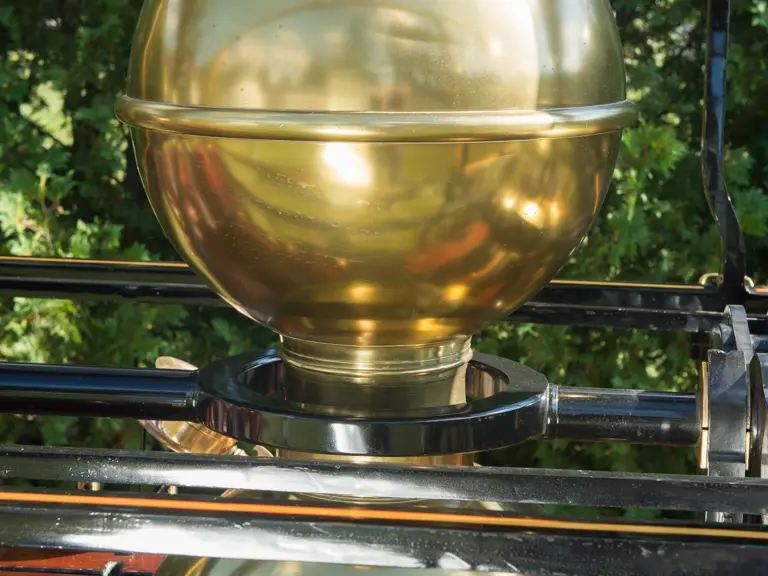
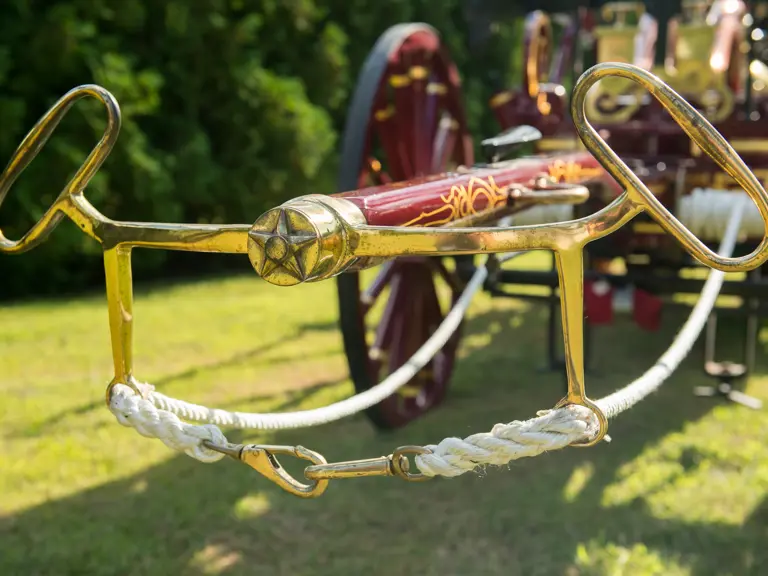
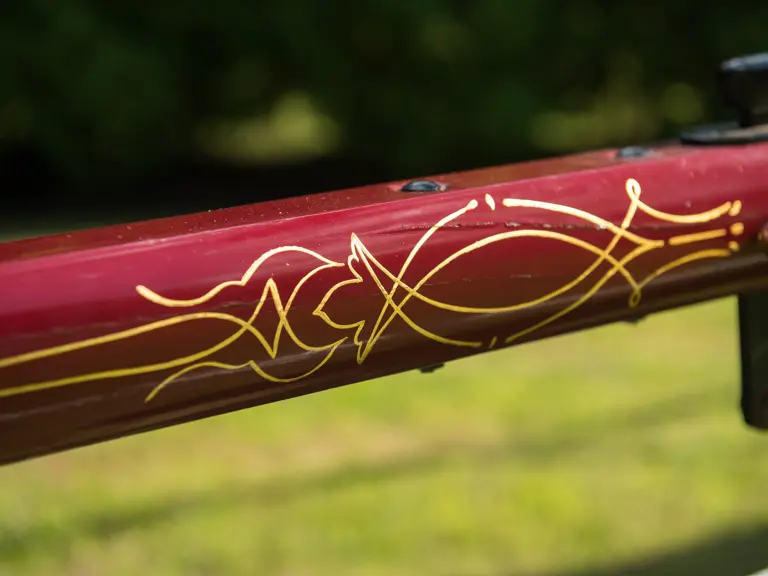
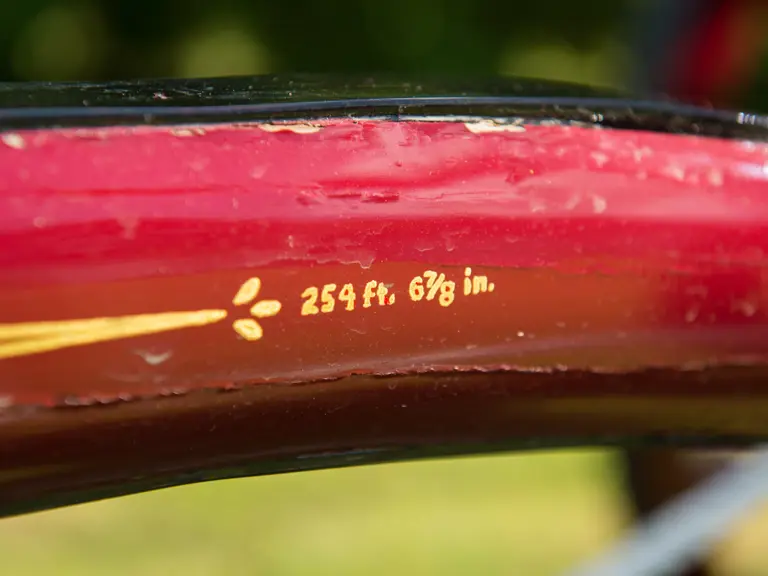

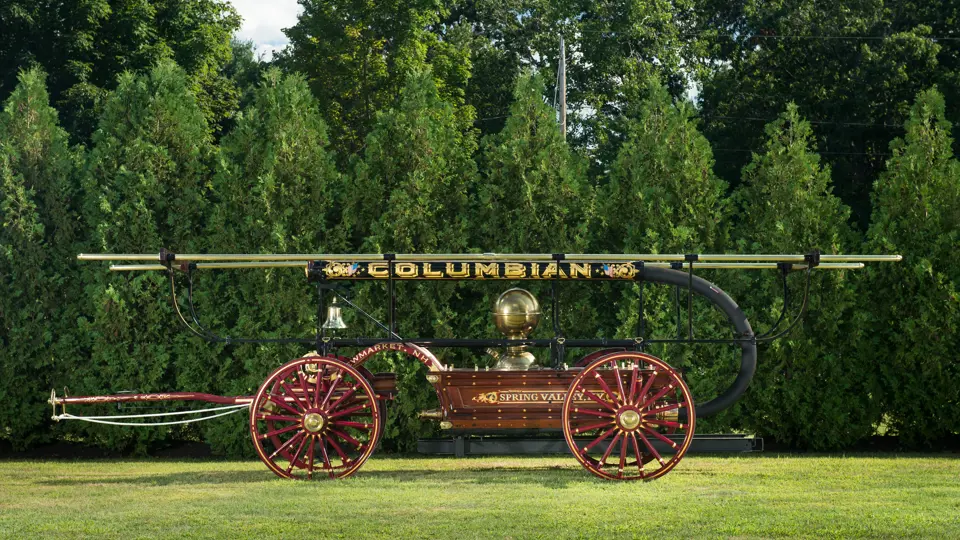
 | Hershey, Pennsylvania
| Hershey, Pennsylvania
